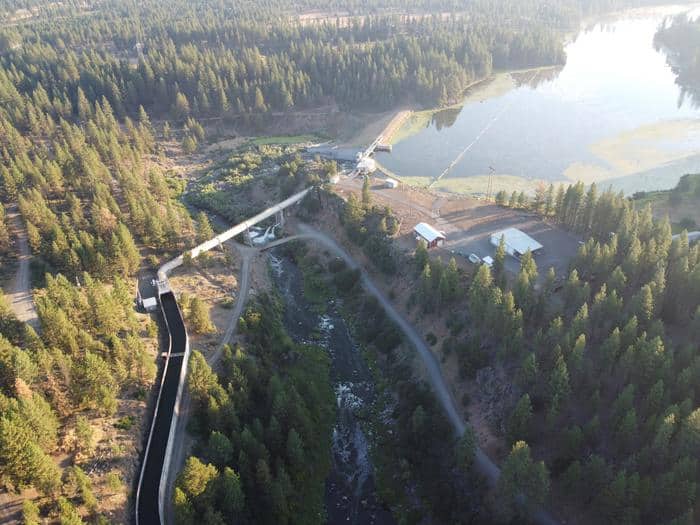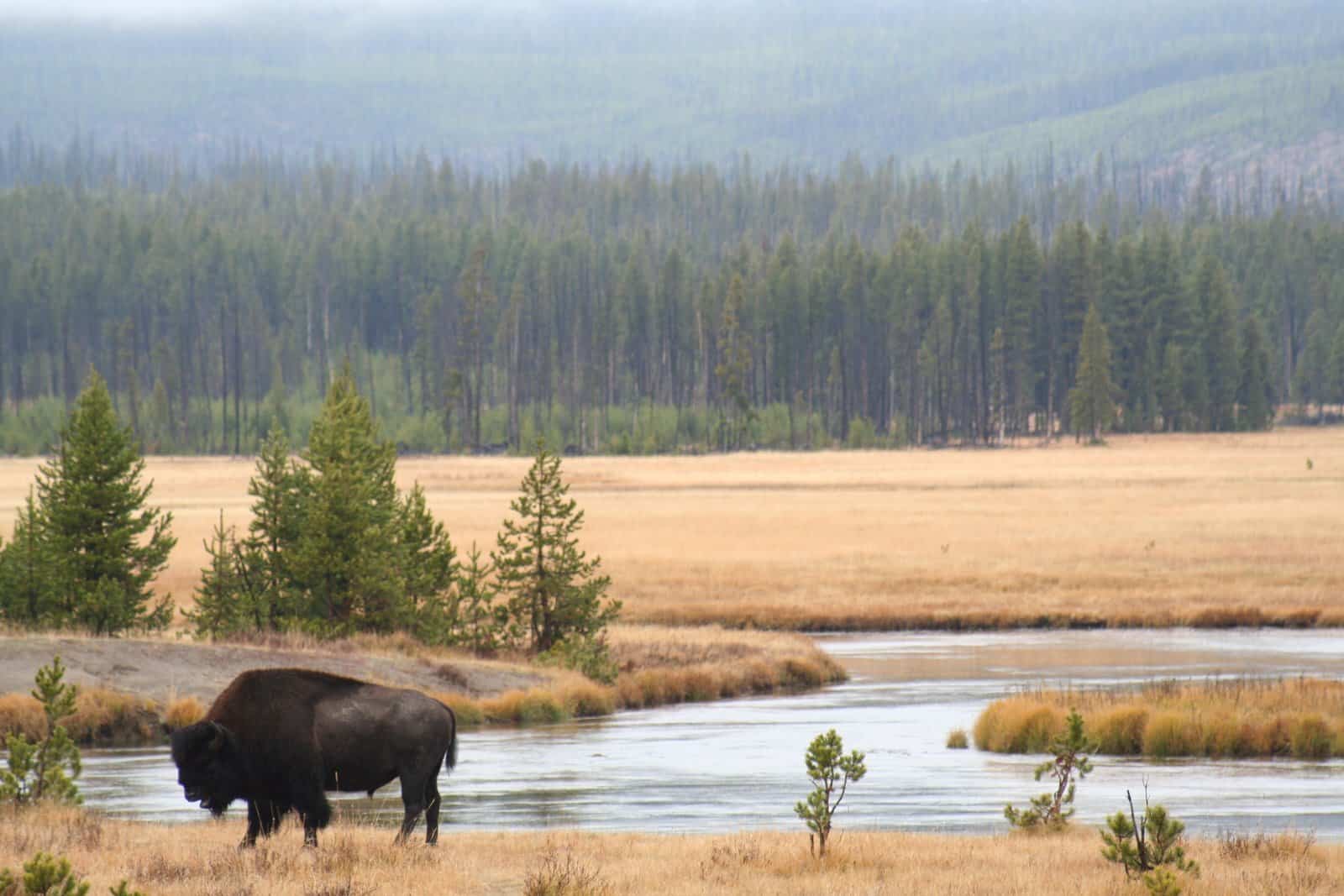Share this article
Wildlife Featured in this article
- salmon
Klamath Dam removal will aid struggling salmon populations
Dams along the river have heightened disease
A massive dam removal project on the Klamath River in Oregon and California will aid salmon populations, researchers found, but it won’t alleviate all their challenges.
Salmon in the river have been devastated by a number of factors, including disease. In a recent paper published in Frontiers in Ecology and Evolution, researchers from Oregon State University, Tribes in Oregon and California, and state and federal agencies outlined their predictions for salmon disease risk in the Klamath River following the removal of four hydroelectric dams. They also provide post-dam removal research and monitoring recommendations and insights to aid habitat restoration efforts.
“The dam removals will likely go a long way towards restoring balance in the river,” said OSU fish parasitologist Sascha Hallett, one of the paper’s authors, who has studied the river for two decades. “Certainly under certain circumstances there are going to be disease outbreaks, like with people and pathogens. But we envision that they are not going to be as large and not going to be as frequent as we have observed in the past.”
Co-author Michael Belchik, a fisheries biologist with the Yurok Tribe in California, said he expects to see noticeable gains for fish shortly after the dams are removed.
“I think you are going to see fish accessing new habitat right away, and that is going to be a cause for celebration,” said Belchik, who has worked for the Tribe since 1995.
Construction of the dams in the early-to-mid-20th century blocked access for salmon and other fish species to hundreds of miles of habitat and created barriers that led to increases in pathogens deadly to the fish.
One of the four dams was removed earlier this year, and the other three are slated to be taken down in early 2024.
Header Image: his aerial view shows the JC Boyle Dam on the Klamath River in Oregon. Credit: David Baker/Oregon State University








